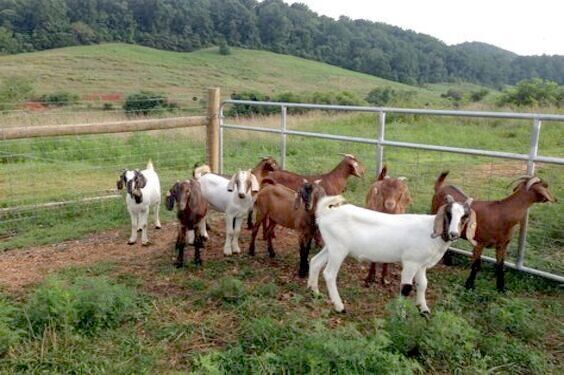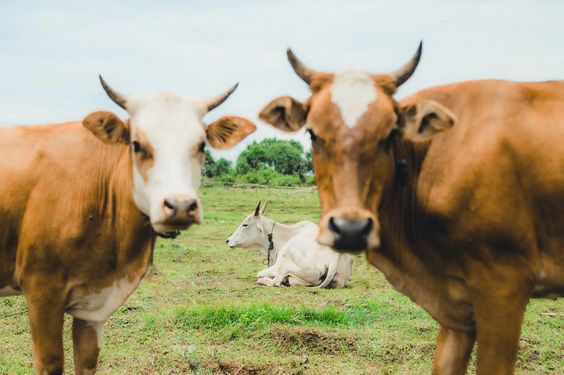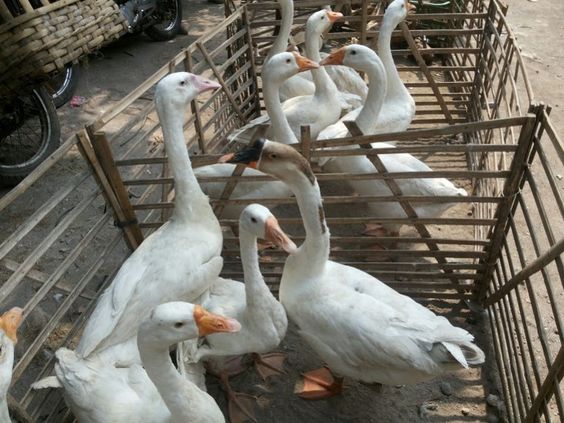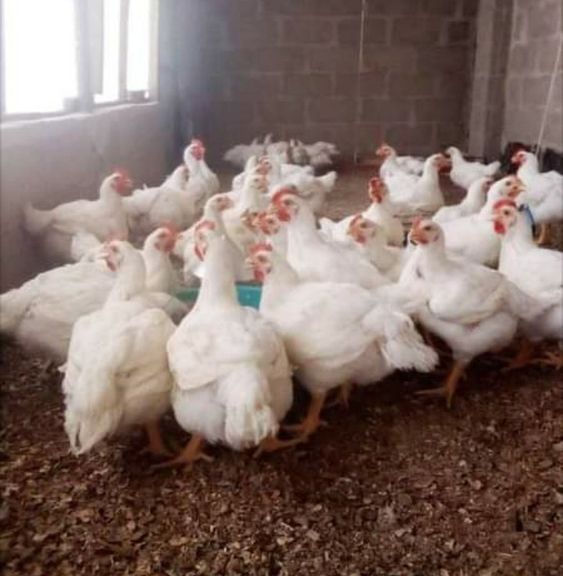The Local Goat Farming Market: A Growing Niche with Abundant Opportunitie
Local Goat Farming Market has quietly carved out a space for itself within the broader agricultural industry. While cattle and poultry often dominate the headlines, goat farming presents a unique set of advantages and a growing market demand. This article delves into the intricacies of the local goat farming market, exploring its potential, products, challenges, and how to navigate this niche with success.
The Rise of Local Goat Farming
Several factors contribute to the rise of local goat farming:
- Sustainability: Goats are known for their efficient browsing habits, requiring less land and resources compared to other livestock. This aligns well with the growing emphasis on sustainable agricultural practices.
- Versatility: Goats offer a variety of products beyond meat. Their milk can be used to produce cheese, yogurt, and soap. Additionally, fiber from some goat breeds can be used for textiles.
- Hardiness: Goats are generally adaptable creatures, thriving in various climates and on a wider range of forages. This makes them suitable for smaller farms or regions with less optimal grazing land.
- Growing Demand: Ethnic cuisines and health-conscious consumers are driving the demand for goat meat, milk, and fiber products. The perceived health benefits of goat milk, with its easier digestibility and higher nutrient content compared to cow milk, are a significant factor.
Products of the Local Goat Farming Market
Local goat farms offer a diverse range of products, catering to different consumer preferences:
- Goat Meat: Goats provide high-quality lean meat with a lower fat content compared to other red meats. Local farms often cater to specific cuts and preferences within their communities.
- Goat Milk: Rich in nutrients and easier to digest than cow milk, goat milk is gaining popularity for its use in cheesemaking, yogurt production, and even as a fluid milk alternative.
- Fiber: Certain breeds of goats produce high-quality fiber used for textiles. Cashmere goats are a prime example, known for their luxurious wool used in high-end clothing.
- Breeding Stock: Local farms may specialize in breeding specific goat breeds, selling breeding stock to other farmers looking to expand their herds.
- Manure: Goat manure is a valuable fertilizer, offering a natural alternative for those seeking organic gardening solutions. Local farms can find local markets for this byproduct.
Understanding the Local Market
The local goat farming market thrives on understanding the specific needs and preferences within a particular region. Here’s how to get a good grasp of your local market:
- Research Consumer Trends: Identify the types of goat products in high demand within your area. Are consumers looking for specific cuts of meat, flavored goat milk, or handcrafted fiber products?
- Connect with Local Butchers and Retailers: Establish relationships with local businesses that might be interested in carrying your goat products. Butchers, specialty stores, and farmers’ markets can be valuable outlets.
- Identify Ethnic Communities: Certain ethnicities have a higher preference for goat meat and dairy products. Understanding these communities and their needs can open doors for targeted marketing.
Challenges and Considerations in Local Goat Farming
While the local goat farming market presents exciting opportunities, there are challenges to consider:
- Start-up Costs: Building a goat herd and infrastructure requires investment in fencing, shelter, and veterinary care.
- Marketing and Sales: Reaching your target market and establishing a consistent sales channel can be a hurdle, especially for new farmers.
- Regulations and Licensing: Familiarize yourself with local regulations regarding animal husbandry, permits, and potential health inspections.
- Predation: Depending on your location, predation by coyotes, dogs, or other animals can be a risk. Implementing appropriate fencing and predator deterrents is crucial.
Tips for Success in the Local Goat Farming Market
- Develop a Niche: Don’t try to be everything to everyone. Focus on a specific product or breed that caters to a defined market segment.
- Network with Other Goat Farmers: Connect with other local goat farmers to share knowledge, resources, and potentially collaborate on marketing initiatives.
- Invest in Quality Breeding Stock: Healthy, high-quality breeding stock is essential for long-term success. Consider attending breeding auctions or reputable breeders.
- Direct Marketing: Consider establishing a farm stand, participating in farmers’ markets, or offering Community Supported Agriculture (CSA) programs to connect directly with consumers.
- Embrace Sustainable Practices: Highlight your commitment to sustainable farming practices. This resonates with environmentally conscious consumers.
Conclusion :The local goat farming market offers a rewarding path for those passionate about agriculture and niche products. By understanding the market dynamics, focusing on quality, and building strong local connections, goat farmers can carve a successful and sustainable path within the agricultural landscape. As consumer demand continues to grow, the local goat farming market is poised for significant expansion






